We spend 90% of our time indoors – where the air is 2x – 5x more polluted than outdoor air. Shouldn’t the air we breathe indoors be as clean as possible? You bet, especially given how sick tainted indoor air can make us. In this previous post, we reviewed the top 16 causes of indoor air pollution. But what’s important is to fix the problem, which is why we’re focusing here on indoor air pollution solutions.
Fortunately, the solutions we’re suggesting are pretty easy actions, many of which you can take yourself and at an affordable price. But the truth is, if you’re suffering from indoor air pollution, you really can’t afford NOT to act. Hopefully this guide will make it a little easier for you.
Indoor Air Pollution Solutions
1) Test for Radon & Mold – It is easy to spot moldy build-up in your bathroom or around a drain. It is black or spotty and is hard to get rid of when it’s dark and damp. But mold can also build up inside an air conditioning system, where it’s difficult to see. Radon, meanwhile, can get into your home through cracks in your foundation or fissures in your walls. As a matter of course, have your home HVAC system inspected annually to maintain top performance. The inspector can test for mold at that time. As for radon, the U.S. EPA recommends starting here to find a qualified inspector who can also recommend mitigation if necessary. Home radon testing kits are also available online and in hardware stores.
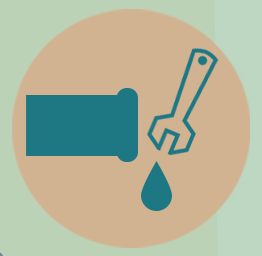
3) Repair Gas Leaks – If you suspect a gas leak from your stove or furnace, call your gas company immediately and they’ll send someone out to check your appliances and keep you safe. At the very least, install a carbon monoxide detector in your home to alert you if the gas reaches dangerous levels. Most smoke alarms these days also include a carbon monoxide detector. They’re inexpensive to buy and easy to install.
4) Install Air Filter Systems & Replace Filters Regularly – Air filters trap dust before it has a chance to circulate around your interior living space. But they need to be changed regularly in order to do their job. Get to know how to change the filters on your HVAC system and air exchange vents in your home. The filters are very inexpensive and easy to change out yourself.

6) Avoid Cleaning Products Filled with Artificial Fragrances – Forget so-called air fresheners and spray cleaners that rely on synthetic fragrances and phthalates, which mask orders rather than get rid of them. Instead, find the source of the bad odor and dispose of it. Simmer a pot of water and some cinnamon sticks, cloves and lemon to freshen up the smell of a room. Or here’s a unique idea: open a window and let in fresh air. Especially during winter months when our houses are all closed up, rooms can start to smell a little stale. Open a window for a few minutes and let a brisk breeze do what no artificial fragrances can – actually freshen the air. And remember, you can clean pretty much everything in your home with baking soda, water, vinegar, fragrance-free liquid detergent, and some lemon juice.
7) Skip Synthetic Perfumes, Deodorants, and Personal Sprays – Like cleaning products, personal care products may be filled with chemicals that hang around in the air and make us feel ill rather than pep us up. If you want a little perfume, dab some plant-based essential oil behind your ears or on your wrists. You can find lavender, jasmine, rose, and any number of other flower-based fragrances to choose from. Look for fragrance-free roll-on deodorants, too.
8) Make Your Home Tobacco Smoke-Free – No one should smoke inside your home. No one. If you and your guests must smoke, do it outdoors, out of consideration for any children or others who should not or don’t want to be subjected to your second-hand smoke.
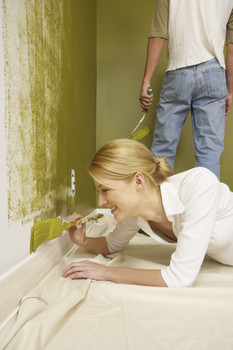
10) Wash Bedding Frequently – If you or family members are susceptible to dust mites, you may find that you need to wash your bedding every week in hot water. Of course, you may do this as a matter of course, anyway. But it’s highly recommended to control dust mite build-up.
11) Place Floor Mats Outside Your Home Entry Points or Right Inside the Door, and Take Off Shoes Upon Entry – Our shoes track in all manner of pollutants, from basic dirt to pesticides that someone might have sprayed on their lawn. Keep them from contaminating your living space by wiping your shoes before you enter your home, and taking your shoes off once you get inside the door. Keep a pair of slippers near the door so it becomes habit to slip off your shoes as soon as you come in.
12) Clean Up After Your Pet – In addition to cleaning up any accidents your pet might have, make sure you vacuum regularly to pull up fur that’s been shed and dirt your pets might have brought into the home from outside. I keep a cloth by my door to wipe off the pets’ paws when they come in, especially if it’s been raining outside.
13) Leave Asbestos Alone – If you think your shingles or tiles might be made from asbestos, leave them alone if they are in good shape. However, if you are renovating or the tiles are deteriorating and they have to be removed, hire a licensed contractor to do the job. Asbestos if very dangerous and your should not work with it under any circumstances.
14) Hire a Professional to Remove Lead Paint – Because lead paint chips and peels, it is dangerous to have around. Ingesting lead causes birth defects, developmental delays, and many serious health problems that can be easily avoided by getting rid of the offending lead. It is essential to hire a professional who can capture the contaminated paint and dust as they are being removed. This is one of those fixes that does cost some money, but it is crucial to do this job correctly.
15) Reduce Wall-to-Wall Carpeting if Possible – Most carpeting is a trap for dirt, dust, and pollutants we and our pets track in from outdoors. Plus, cleaning wall-to-wall carpeting often involves strong chemicals infused with synthetic fragrances that can give us headaches and otherwise make us feel ill at ease. If it is possible to replace wall-to-wall carpeting with wood flooring and area rugs you can easily clean, go for it! If not, carpeting really needs to be vacuumed at least once a week, and cleaned with water-based, fragrance-free, non-toxic cleansers.
Many thanks to AirFilterBuy.com, our sponsors for this very useful and informative post. For more information, and to see a complete infographic about both the causes of and solutions to indoor air pollution, stop in here.


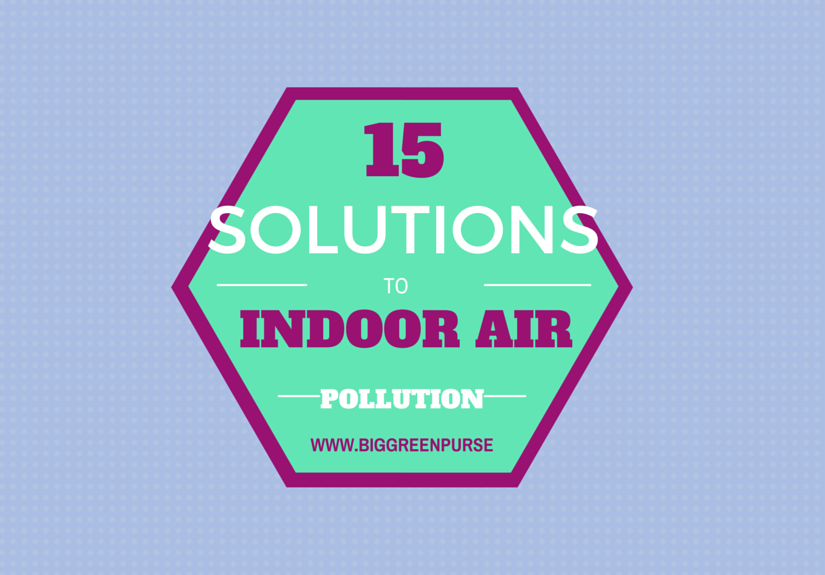



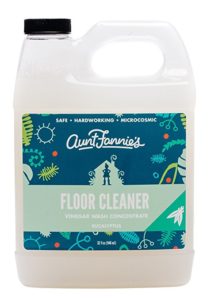

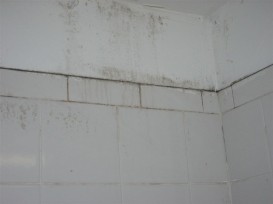
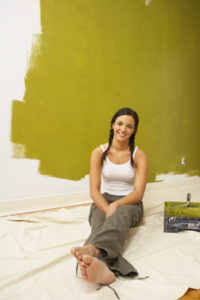









2 thoughts on “Indoor Air Pollution Solutions: 15 Affordable Actions To Help You Breathe Clean Air”
People don’t realize how bad indoor air pollution can get! Things like radon, carbon monoxide, mold, dust, and pollen are all things that negatively impact indoor air quality. Fortunately, there are things that we can do – such as using air filters and refreshing the air by opening a window.
You are so right! Fortunately, it’s pretty straightforward to keep indoor air clean. Thanks for your suggestions.
Comments are closed.